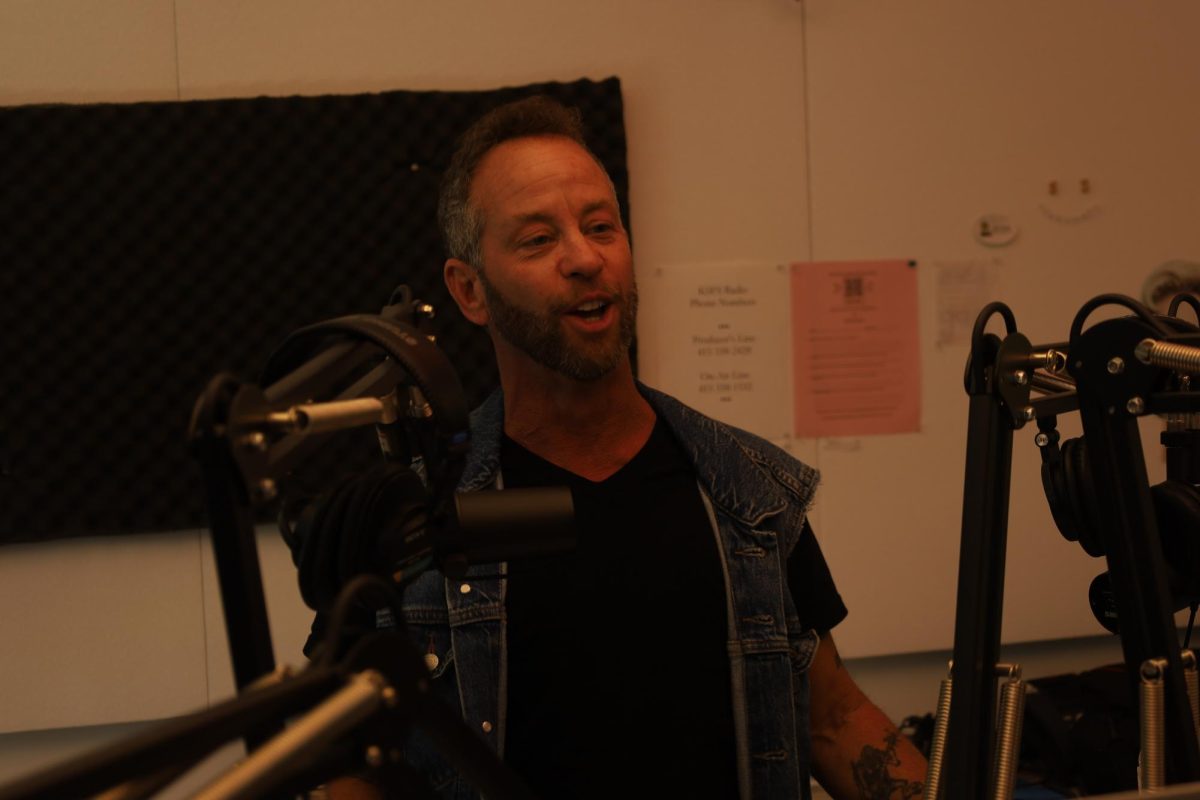SF State is preparing to undergo a major change it has not seen the likes of in 24 years. The University is officially looking for a new president.
President Robert A. Corrigan announced in August 2011 that he would retire at the end of the year. Corrigan has been in this position since 1988 and is the 12th president in SF State’s 112-year history.
The process of selecting Corrigan’s successor is officially in motion, and the president says that he feels confident the right person for the job will be chosen.
“I think we’re going to do well,” said Corrigan. “San Francisco is a very attractive city, obviously. This campus has become a very well known and admired institution, so there will be people who will be very interested.”
The procedure in place for selecting a new president for a California State University is fairly intricate and could take up to several months for a campus as large as SF State.
Two separate committees are formed to facilitate the search for the new president, but only one has the power to make a final decision. The trustees committee is made up of CSU administrators—namely, Chancellor Charles Reed, four members of the Board of Trustees and the chair of the board—and functions as the actual decision-making body. The advisory committee is made up of campus representatives who can offer guidance, but do not have the power to actually hire anyone.
The advisory committee is composed of two faculty members appointed by the Academic Senate, one staff member recommended by a high-level official or group on campus, one member of the campus advisory board, one member of the Alumni Association, one vice president or academic dean, the president of another CSU selected by the chancellor and one student chosen by ASI—likely the ASI president.
According to CSU spokeswoman Stephanie Thara, the advisory committee has not yet been finalized, but should be announced in the next few weeks.
Even though the search for the new face of SF State is in a stage of infancy, Corrigan noted that it is already clear to him what his replacement’s biggest challenge will be.
“You need somebody who could be in place for the long haul, because it’s going to take a while for the budget to come back,” said Corrigan. “It could be as much as five or six or seven years, in terms of the state of California. It goes without saying that anybody who’s looking for a major presidency now has to know how to handle (the) budget.”
Corrigan acknowledged that his biggest regret of the last 24 years as president has stemmed from that exact issue.
“It really is the budget, how different and how much better this place could be with the kind of money that it really should have,” said Corrigan. “Our faculty is underpaid. Our staff, for living in a place like San Francisco, is not paid what it should be.”
Sue Rosser, who has served as provost for the last three years, also conceded that the incoming president will need to be prepared to deal with the fiscal crisis.
“Given the current budget, it would be good if this person was a good fundraiser externally,” said Rosser. “We need all the help we can get.”
Both administrators noted that they are optimistic that the new president, whoever it may be, will continue to build opportunities for quality education at SF State, but some members of the campus community have slightly less faith in the CSU administration.
American Indian Studies lecturer and advocate Phil Klasky is leery of the Board of Trustees and Chancellor Reed’s involvement in the search.
“Frankly, I’m scared that if Charlie Reed is in control of this process that we will end up with a corporate model and not one of public service,” said Klasky. “I just hope that the new president will focus on making education affordable and will advocate for a reverse of budget cuts.”
Corrigan admitted that he plans to continue to stay involved with the University after retiring by furthering his research on recently published works about SF State, but that it will be the responsibility of the new president to fight the school’s budget battles at the state level.
“By and large, no outgoing president should get in the way of the new president,” said Corrigan. “The day I walk out the door, I no longer am the spokesperson for the University. If there are ways in which I can help in Washington to get people to better appreciate higher education then, surely…[But] the person that goes into Nancy Pelosi’s office, for example, has to be the president of the University.”




